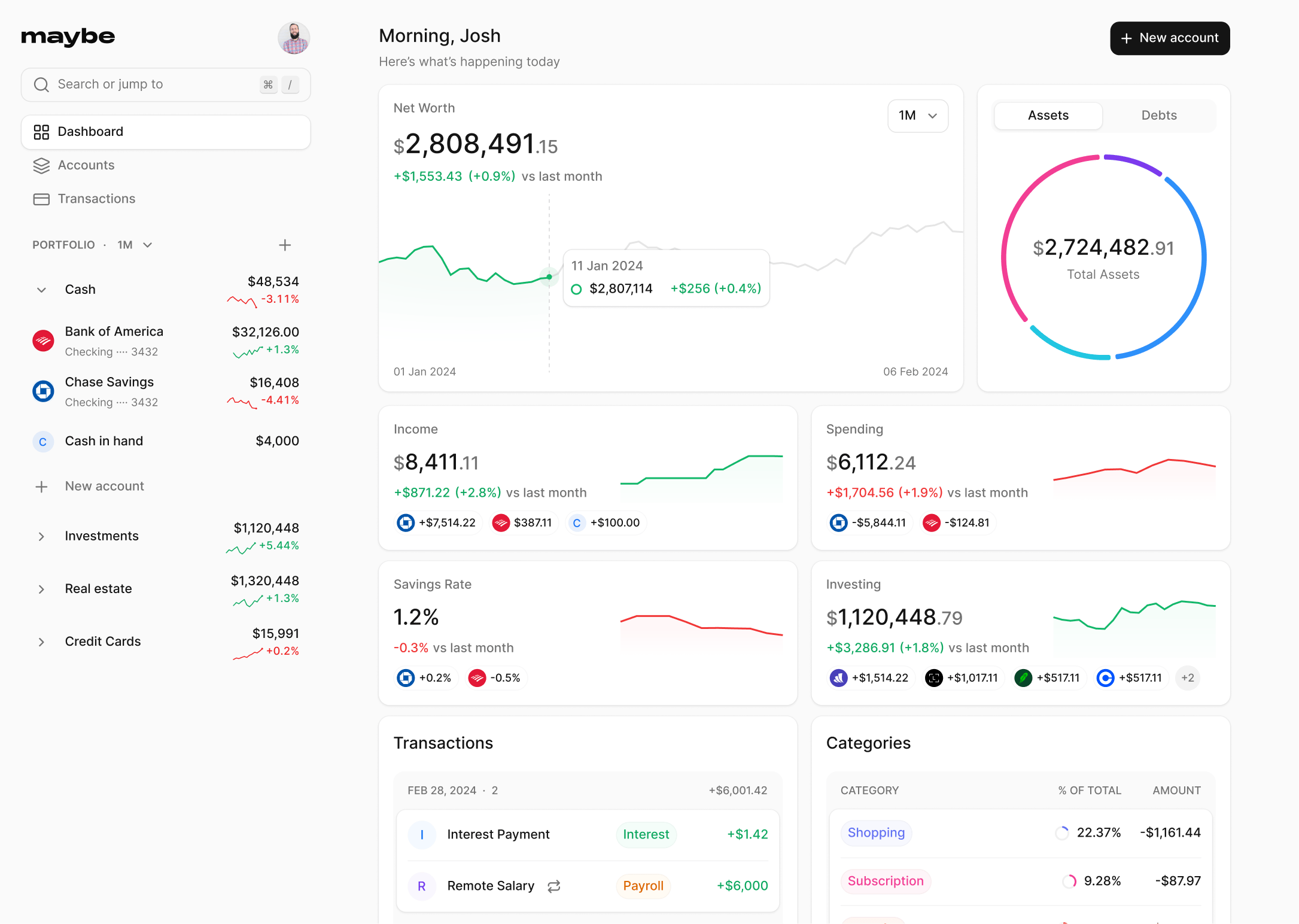Financial Terms / A - B / Boglehead
What is a boglehead?
The term "Bogleheads" honors John Bogle, the founder of Vanguard Group and a revolutionary figure in investing. Bogle studied economics at Princeton University and his senior thesis on mutual funds laid the groundwork for his future investing philosophy. In 1974, Bogle founded Vanguard with a novel ownership structure where fund shareholders became part-owners, reducing investment costs.
Two years later, he introduced the Vanguard 500 fund, the first index fund for retail investors. The Bogleheads community began informally in March 1998 on Morningstar's Vanguard Diehards Forum. Due to issues with Morningstar's moderation policies and technical limitations, they established an independent Bogleheads Forum on February 19, 2007. Today, the Bogleheads community includes a forum, wiki, blog, and three investment books. They follow Bogle's principles of low-cost, diversified investing, reflecting an increasing sense of shared identity among investors who value Bogle's approach to personal finance.
Core Principles of Boglehead Investing
Bogleheads follow a set of straightforward yet powerful investing principles inspired by John Bogle's philosophy. These principles focus on simplicity, low costs, and long-term thinking.
Low-cost index funds
You should prioritize low-cost index funds. These funds track market indexes, offering broad diversification at minimal expense. By keeping costs low, you retain more of your returns, allowing your wealth to grow faster over time.
Buy and hold for the long-term
Adopt a buy-and-hold strategy. This approach involves purchasing investments with the intent to keep them for extended periods, often years or decades. It helps you avoid the pitfalls of market timing and excessive trading costs.
Diversification
Spread your investments across various asset classes, sectors, and geographies. A well-diversified portfolio helps manage risk and can lead to more stable returns over time.
Asset allocation
Determine the right mix of stocks, bonds, and other assets based on your risk tolerance and financial goals. Your asset allocation is crucial in managing portfolio risk and potential returns.
Staying the course
Remain committed to your investment plan, especially during market volatility. Avoid making emotional decisions based on short-term market movements. Remember, patience and discipline are key to long-term investing success.
Implementing a Boglehead Investment Strategy
To put Boglehead principles into action, start with a three-fund portfolio. This simple approach uses just three basic asset classes: a domestic stock "total market" index fund, an international stock "total market" index fund, and a bond "total market" index fund.
Begin by deciding your asset allocation. Choose what percentage of your portfolio to invest in stocks versus bonds. Then, determine how much of your stock allocation should be U.S. and international. These decisions shape your investment strategy.
Next, consider tax-efficient fund placement. If you have both taxable and tax-advantaged accounts, aim to hold less tax-efficient assets in tax-advantaged accounts and more tax-efficient assets in taxable accounts. Generally, put international funds in taxable accounts and bond funds in tax-advantaged accounts.
Rebalancing is crucial to maintain your target asset allocation. You can rebalance based on the calendar, when asset classes deviate by a specific percentage, or when contributing to or withdrawing from your portfolio. This process ensures you "buy low" and "sell high."
Remember, simplicity is key. Stick to your plan, avoid emotional decisions, and stay the course, especially during market volatility.
Benefits and Potential Drawbacks
The Boglehead strategy offers simplicity and low costs, making it suitable for both new and experienced investors. By focusing on index funds, you can own a piece of essentially every public company in the US, providing broad market returns and lowering risk through diversification. This approach has proven successful over the long term, aligning with general market growth.
The strategy's simplicity reduces stress and anxiety related to investments. It lowers costs, including taxes, and simplifies analysis, rebalancing, and record-keeping. This allows you to spend less time managing finances and more time with family and friends.
However, the Boglehead approach has potential drawbacks. It limits your ability to outperform the market, as the goal is to match market performance. Some investors might view this as too passive, especially if they prefer active trading. During periods of poor market performance, your portfolio returns could be diminished.
The strategy requires emotional discipline. You must stay committed to your investment plan, especially during market volatility. This can be challenging for some investors who may be tempted to react to short-term market movements.
Remember, the difference between low-cost index funds and higher-cost managed funds can significantly impact your retirement savings over time. Choose wisely and stay the course.
FAQs
What does the Boglehead philosophy entail?
The Boglehead philosophy centers on several key principles aimed at optimizing investment returns. These include choosing investment funds that have low expense ratios, reducing transaction costs, and steering clear of high advisory fees. Additionally, Bogleheads advocate for diversifying investments across a variety of asset classes to reduce risk and market volatility in their portfolios.
Can you describe the Boglehead investment strategy?
The Boglehead strategy focuses on consistent saving, extensive diversification, and maintaining a steady investment plan regardless of the market conditions. This approach is designed to build wealth steadily over time while minimizing financial risk.
What constitutes the Bogle investment approach?
The Bogle investment approach, often referred to as a "Boglehead" portfolio, is based on John Bogle's principles of investing. It typically includes a diversified array of low-fee index funds, with allocations spread across different indexes to suit the investor’s age and risk tolerance.
What are the characteristics of the Bogleheads style of investing?
The Bogleheads investment style adheres to simple, yet effective principles that have been shown to yield risk-adjusted returns superior to those of the average investor. These principles are grounded in Nobel prize-winning insights from Modern Portfolio Theory and the Capital Asset Pricing Model.
Discover more financial terms
Join the Maybe  waitlist
waitlist
Join the waitlist to get notified when a hosted version of the app is available.
